

Women in Construction week begins March 1st, and when we asked Hill International Project Manager Lorraine Mead what it’s like to be a woman in construction, her response was surprising.
“I never wanted to be viewed as a ‘woman in construction,’” says Lorraine. “I want to be viewed as an industry professional.”
She has a point. So often celebrating women who work in a field where their gender is the minority can ironically and unintentionally make them feel like “the other” or “less than” their male colleagues. Men are celebrated almost every day. They don’t need a special shout-out or week of recognition. Lorraine doesn’t seem bothered by it, though. Instead, she’s reflective and grateful.
“I’ve been lucky,” Lorraine says. “I haven’t really had any issues with being a woman in construction,” although she acknowledges that many women haven’t had the same experience. Lorraine guesses that her personality may have something to do with it.
“I’m an assertive person,” she says, “and I’ve always been thick-skinned, so I don’t take offense easily,” she says. “Growing up in Montana I was an outdoors type and never a ‘girly’ girl. But I’ve tried to be sensible when I am out in the field – I don’t wear makeup and dress conservatively so that I don’t stand out on a construction site.” Yet Lorraine says that she sees many women today wearing makeup and dressing professionally, “and they fit in fine.”
Lorraine graduated from Montana State University with a Bachelor of Science in Civil Engineering degree. Why engineering? “I really liked math and science, so I applied for all different engineering scholarships,” Lorraine says. “A civil engineering scholarship offered the most money, so that’s what I went to school for.”
After graduation, Lorraine earned a Master of Science in Civil Engineering from the University of Washington. For the next 37 years, she worked for various owners, designers, and contractors in the AEC industry all over the U.S. and for a year in South Korea, where she oversaw the development of a couple of mixed use projects with a value of $650 million as part of the Free International Economic Zone City of Songdo. She also worked on construction scheduling for Disneyland and California Adventures and worked on the schedule for the 40-day shutdown and revamp of the Bethlehem Steel Plant in Baltimore. One of Lorraine’s most recent accomplishments was for Hill, helping to deliver the Spokane Riverfront Pavilion project for which she provided both program and construction management. The renovation project, which breathed life back into the U.S. pavilion originally erected for Spokane’s 1974 World’s Fair, is now the centerpiece and symbol of downtown Spokane.
“I feel very lucky to have been chosen to manage construction for this once-in-a-lifetime project,” says Lorraine. “It’s a Spokane landmark, and the uniqueness of the structure and its features will be a special part of Spokane for years to come.” Yet the success of this project has nothing to do with luck and everything to do with Lorraine’s management style.
“I really, really make a point to communicate everything,” she says. “It’s important to make sure that all project stakeholders and everyone involved understands what is going on, decisions that need to be made, and the impact [of those decisions].”
In an age when technology allows us to communicate as quickly as our fingers can type, one might wonder: how much is too much when it comes to communication?
“Being on-site and talking to people every day is important,” Lorraine says, “but email is a great tool to follow up on issues and make sure they get resolved. It’s easy to forget a discussion, but email help reminds people to take action.” In case you didn’t notice, Lorraine is a self-proclaimed over-communicator. “I would rather tell someone something more than once,” she says, “in an effort to make sure the team is aware of what is happening.”
The team is always on Lorraine’s mind. Perhaps it’s a combination of Lorraine’s constant communication and her regard for her fellow team members that makes her such a sought-after project manager. According to Lorraine, a project’s success should be attributed to the team, not just one individual. For example, when discussing the Spokane Riverfront project, Lorraine credits the collective efforts of all involved: “The design-builder was wonderful to work with, and their commitment to making this the best project it could be was 110%. Garco, the contractor, went out of their way to accommodate the park’s needs and changing scope, which made them such a pleasure to work with throughout the entire lifecycle of the project. I also really admired Berger, our landscape designer, who had to accommodate many project changes and alter their vision when the owner changed the function of the project in the middle of construction. Berger never lost sight of trying to make this the best project it could be.” Lorraine’s reverence for those who helped deliver such a massive project proves that a team’s flexibility and positive attitude can make a project both successful and enjoyable.
For Lorraine, “working on a team is so much more rewarding” than working alone. Experiencing the highs and lows with others can make the whole experience less stressful. Yet despite the comradery working with others might produce, a team cannot fully function without a leader. That leader is Lorraine. How she manages these large jobs—the logistics—comes down to consistency, inclusivity, and timing.
“For the pavilion, I did a weekly summary observation report that included pictures and details of what was happening on site all week. It’s important to get meeting minutes issued within one to two days after the meeting so people can take action where needed, and so people who missed the meeting can keep up with what is happening. I received numerous comments from those who couldn’t attend the meetings but were copied on our minutes that the minutes really helped them keep up with the project.”
While collaboration and communication are essential to running a team, running a successful project means providing the client with exactly what they need, when they need it.
“My job is to help shepherd owners through the entire construction processes,” Lorraine says. “Architects know what needs to be done. Contractors know what to do. But owners don’t know and they don’t need to know; it’s not their job to know. They have a business to run. I enjoy walking them through the process, explaining the steps along the way and what needs to be done, when it needs to be done, what the options are, and what all the ramifications are. We get to help them understand,” she says. In other words: a project manager’s job “is to help owners get the best results for their money.”
Project managers are, in simple terms, problem solvers, and Lorraine says that when owners want to make a change—which inevitably happens a lot—it’s up to the team to come up with possible solutions and then for her to explain the different repercussions (cost, schedule, functionality, aesthetics or other things) each option would have to the client to help them make the best decision possible.
“It’s rewarding to help owners get what they want,” Lorraine says. “For the Riverfront Park project, everyone was extremely happy with the entire process and how it turned out. Knowing I helped the team and the client through the process, knowing I helped make it a good experience—that’s what my job is all about.”
Accountability is a big part of Lorraine’s identity. “I hold myself accountable and take pride in always making decisions that are fair and reasonable for a project and everyone involved.” It’s evident that Lorraine feels satisfied by her work, but it’s not just the end result that makes Lorraine happy. “A good day is when I can get out on the job site and actually see the progress being made and the project coming together.”
As a successful woman in construction, Lorraine has some advice for women considering a career in the construction management field.
“I’m glad there are more women in the field now,” she says. “I would encourage women to go into construction and engineering because it’s challenging. No two days are exactly alike. There’s always something new. This keeps the job fun, keeps it interesting, and keeps me coming back.”
Share

June 23, 2025 | Articles
Jeffrey Hurley Joins Hill’s Northern California Rail Practice
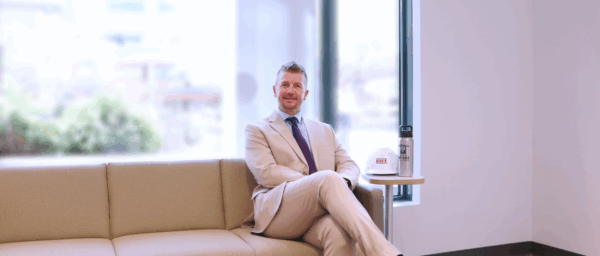
June 23, 2025 | Articles
Ready, Set, Grow: First VP Chad Koelling Takes Charge of Hill’s Mountain West Region
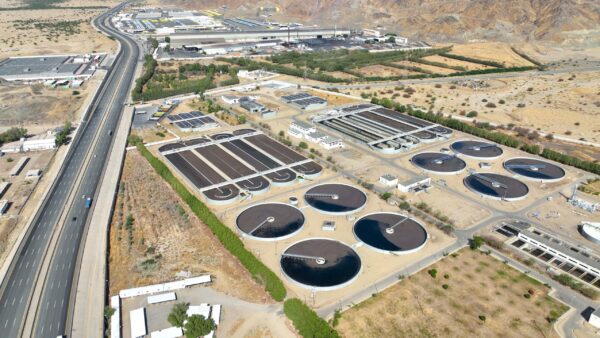
June 8, 2025 | Articles
PMO in Saudi Arabia: The Holistic Approach to Realizing a National Mega-Portfolio
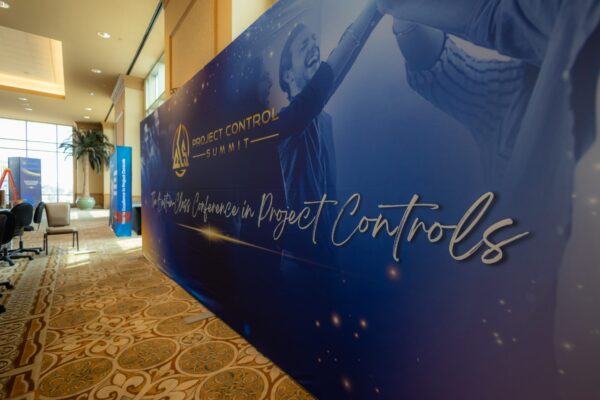
June 1, 2025 | Articles

May 26, 2025 | Articles
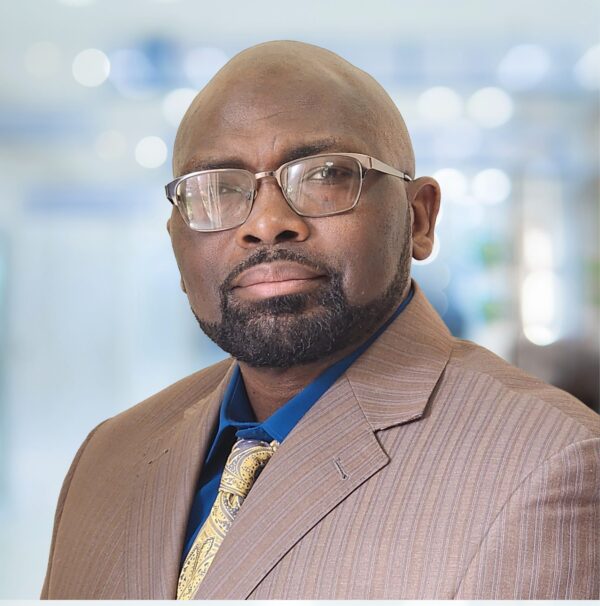
May 12, 2025 | Articles
Keeping Your Water/Wastewater Programs Flowing with Public Relations
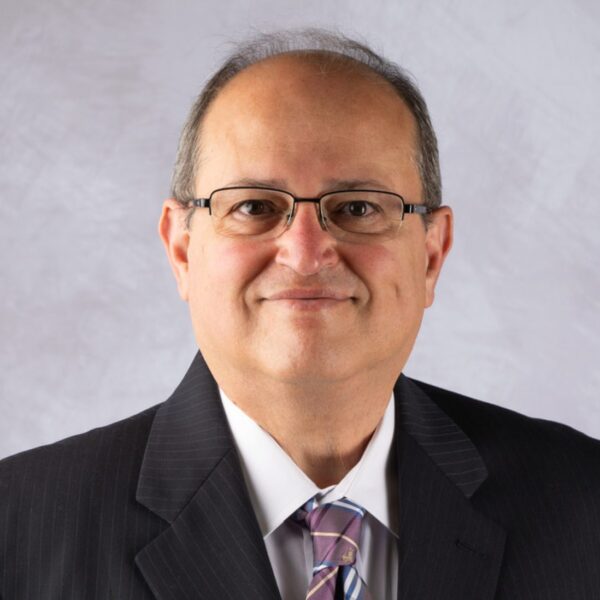
April 27, 2025 | Articles
Oiling the Machine: Steps to Successful Permitting on Infrastructure Megaprojects

April 20, 2025 | Articles
Sustainable Scaling: Solutions for Managing Risk on Europe’s Data Center Projects